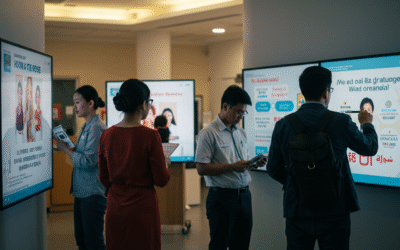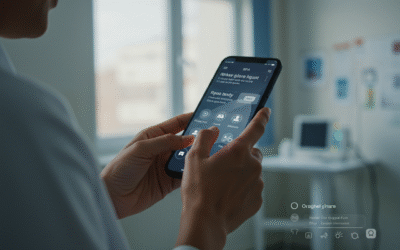Focus keyword: language strategy
For medical technology companies, international expansion requires more than just cutting-edge innovation. A solid language strategy can be the key to entering new markets successfully. Translation isn’t just about changing words—it’s about adapting content, tone, and documentation to each market’s cultural, technical, and regulatory environment.
Why is a language strategy so important?
In healthcare, accuracy is critical. A poorly translated technical sheet or software interface can cause misunderstandings, incorrect usage of devices, or even legal consequences. On the other hand, a clear and culturally adapted translation enhances user experience, builds trust, and encourages faster adoption.
A strong language strategy also helps companies anticipate regulatory hurdles, streamline go-to-market processes, and offer multilingual support from day one.
Real cases of success
- Case A: Scaling with a diagnostic software
A diagnostic imaging company translated its platform into five languages before launching in Europe. As a result, they met MDR requirements and signed new distributors within three months. - Case B: Localized manuals for wearable devices
A medtech startup designed portable cardiac monitors. By investing in a language strategy focused on clarity and compliance, they entered multiple Latin American markets with fewer delays. - Case C: Multilingual marketing in Asia
A digital health company launched campaigns in Chinese, Japanese, and Korean. Cultural and linguistic adaptation boosted conversions by 60% in just six months.
Keys to implementing an effective language strategy
- Include translation planning early in business development.
- Work with translators who specialize in medtech and compliance.
- Localize not only text but also UI, visuals, and workflows.
- Validate translations with healthcare professionals in target regions.
- Track performance and adjust based on local feedback.
Conclusion
A well-executed language strategy is essential for medtech companies aiming for global growth. It’s not just about translating—it’s about creating real connections across markets. At SumaLatam, we support innovative companies with medical translations that drive expansion and trust.





